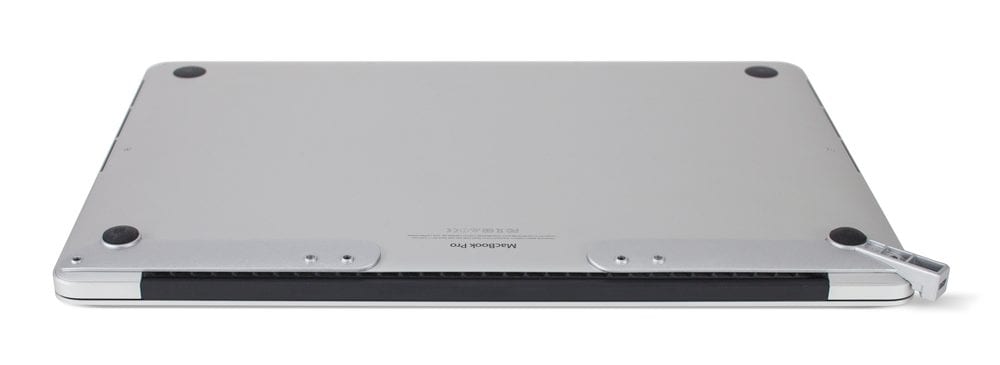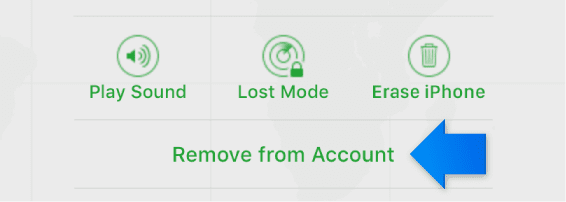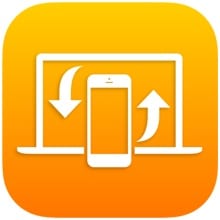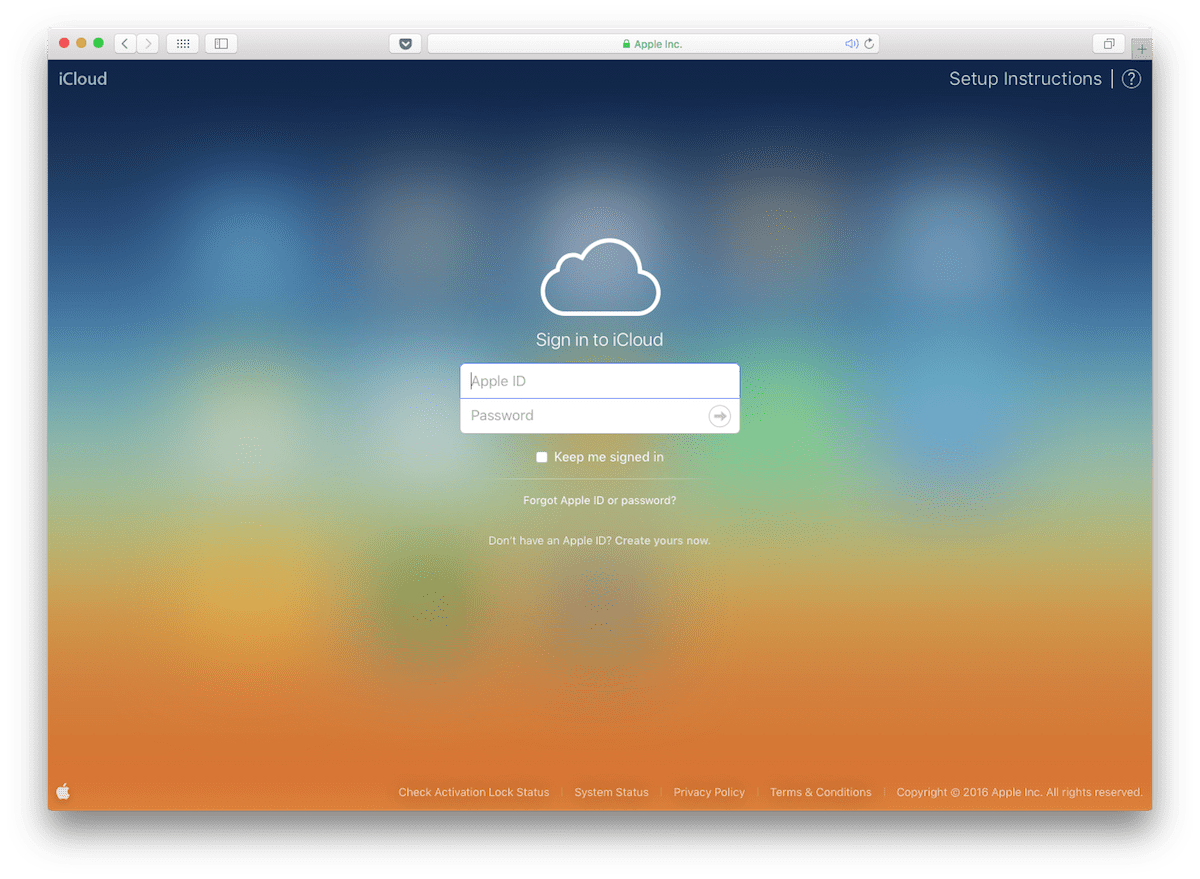Rocket Yard Contributor Steve Sande is out of the country on a great adventure, so he’ll be providing readers with a lot of helpful tips over the next month that can help them use their tech gear confidently and safely anywhere.
Current location: Bridgetown, Barbados
In the last article in this series, I talked about digital security of your devices on unsecured Wi-Fi networks. Today, we’re going to look at another type of security — physical. Think of this as a primer how to keep your mobile devices from being stolen or lost, and what to do if they are.
Laptops
While many versions of Apple’s MacBook line have been equipped with the standard Kensington security slot in the past, that’s not the case now. If you’re fortunate to have an older version of the MacBook Pro or MacBook Air that came with the slot, you can buy a lock/cable combo to lock your laptop to a piece of furniture. Make sure that you don’t just loop the cable around a table leg — a thief could easily lift the table and make off with your computer!

For some newer MacBooks without the lock slots, there are lock brackets such as this one by NewerTech (see image above). Usually one of these locks is enough to deter a thief; even if a pair of bolt cutters is used to cut the cable, removing the lock from a Kensington lock slot can damage the computer and destroy its value.
For better security with a smaller laptop, consider putting it into a room safe if your hotel provides one. Many hotels seem to be catching on with the idea, with newer room safes being able to handle 15-inch laptops with no problem. While some room safes are easy for accomplished thieves to break into, newer models are quite tough. There are also portable locks you can purchase that provide a “lock for the lock” on the safe.
Update: For top travel safety tips for 2018, check out this guide from Bookmundi.com
One other piece of physical security equipment that I’ve purchased for a number of MacBooks in the past is a shell. These are relatively inexpensive and add very little thickness to Jony Ive’s designs, but they can keep your MacBook looking brand new for years by keeping it scratch-free.
Carrying cases and sleeves are also useful for keeping MacBooks from dents and scratches. With the new MacBook Pro requiring dongles to connect to just about any peripheral, a case is an absolute necessity just to carry them all!
Find My Mac/Find My iPhone/Find My Apple Watch/Find My iPod touch
macOS and iOS provide one very useful tool if your devices are lost or stolen; Find My iPhone (AKA Find My iPhone, Find My Mac, Find My Apple Watch, Find My iPod touch). This tool needs to be enabled through iCloud in order to work, and should be one of the first things you set up with any new Apple device.
In iOS, Find My iPhone can be turned on by going to Settings > iCloud and logging into iCloud. Once you’re logged in, scroll to the bottom of the list of services that are available through iCloud and you’ll find Find My iPhone (or iPad) as appropriate for your device. Enable it, and also enable the toggle for Send Last Location.
This last setting will send the last location of the device when battery power becomes critically low. This is useful if you dropped an iPhone somewhere and just need to know that it hasn’t been stolen, but lost. You can go back to that last known location and start a search in earnest.
 If your device is stolen or lost, immediately use another device (iPhone, iPad, or any PC or Mac that can connect to the Internet) and pull up iCloud.com in the web browser or use the Find iPhone app (see image at right) on your iOS device. Once you’ve logged in with your iCloud credentials, click on the Find iPhone icon to see the last known location of your device. Once you’ve located the device on the app or web page, there are several things you can do.
If your device is stolen or lost, immediately use another device (iPhone, iPad, or any PC or Mac that can connect to the Internet) and pull up iCloud.com in the web browser or use the Find iPhone app (see image at right) on your iOS device. Once you’ve logged in with your iCloud credentials, click on the Find iPhone icon to see the last known location of your device. Once you’ve located the device on the app or web page, there are several things you can do.
1) Perhaps the app is showing that the device is nearby. You can have it play a sound to find it.
2) Turn on Lost Mode. This does several important things – it lets you remotely lock your device with a passcode, displays a message with your phone number so that a person who finds it can call you to return it, and keeps track of your device’s location. If your device has been loaded with credit cards for Apple Pay, the ability to make transactions from that device is disabled once the device is marked as lost.
3) Report your lost or stolen device to local law enforcement. While they may not be able to provide any assistance in finding the device, a police report can help you with insurance companies (provided they cover the device) or in obtaining a replacement device. They may require the serial number of the device, so it’s a good idea — especially if you use Notes with iCloud — to create a note with the model and serial number of each device you own.
On Macs, the serial number can be found and copied by simply selecting “About this Mac” from the Apple menu. in iOS and watchOS, the serial number is found in Settings > General > About.
4) Erase your device. This should only be done if you’re absolutely sure that it has been stolen or lost and you want to clear everything off of it. Find My iPhone allows you to erase a device remotely. This takes ALL information off of the device, and sadly you will no longer be able to track it after erasing it. There is one thing that you can do to keep your device from being used by another person; do not remove it from your list of devices in Find My iPhone (in other words, don’t click the link in the image below!).

This keeps the device “activation locked”, meaning that no other party can activate and use the device. Finders keepers? No, finders weepers!
5) Last but not least, if your device has cellular service, report the device to your cellular carrier. The service can be disabled for that specific iPhone or iPad, turning it into a useless brick for anyone who might think they’ve hit the jackpot when they find it on the sidewalk.
By the way, if you use Apple’s Family Sharing feature in iCloud, anyone in your family group can use Find My iPhone to find any device associated with that family account.
iOS Devices
iOS devices are more likely to be stolen or lost due to their smaller size — especially iPhones. A friend of mine was on the last leg of a long trip through Spain and had his iPhone picked from his pocket in Barcelona. Fortunately he had Find My iPhone turned on, and his wife was able to disable the device remotely for him from her iPad mini.
One good physical security hint for iPhones and small iPads when traveling is to place them in a zippered pocket, either in “cargo pants” or shorts, or in a something like a jacket or vest.
Don’t make it a habit to wave your valuable iPhone or iPad around in crowded tourist places, as it’s quite common for speedy thieves to grab them and run. If you decide that you’d like to carry your devices in a shoulder bag, consider getting one with a cut-proof metal cable running through the strap. I use one that not only has a shoulder strap like this, but also attaches to a belt providing another form of protection.
In those situations where you’ll be away from a hotel room or cruise ship cabin for a bit without your devices, be sure to lock them into a room safe. Hotel rooms are notoriously easy to break into, and even “trusted” employees like housekeeping personnel have been known to lift devices.
Broken Devices
You’re taking photos with your iPhone 7 Plus and it slips from your hand… Will it be fine, or will it have a broken screen? A lot of this depends on your preparation.
The most important thing you can do for your iPhone and iPad is to have a protective case of some sort on it. For the iPhone, one of the best cases around is the NewerTech NuGuard KX (see image below). Not only is it one of the biggest bargains available for a drop-proof case, but it’s also backed by a lifetime warranty.

iPads are less likely to be used for photography, but a growing number of people are using them for that…and dropping them. The NewerTech NuGuard KX is also available in sizes for the iPad Air, iPad mini and iPad mini w/Retina Display.
I’m taking a big chance on this trip by not using a case on my iPhone 7 Plus. Why didn’t I do this? It’s actually quite simple; I’m testing a peripheral camera for a review that snaps onto the iPhone and it didn’t work with any case. However, I’m painfully aware of the consequences of dropping the iPhone, so I’ve been extremely careful when handling it.
What should you do if you’re on a trip and fumble that iPhone or iPad, breaking the display? If it’s covered under AppleCare, the best possible thing to do is get it to an Apple Store or Apple Authorized Reseller as soon as you can. In some cases, you may be able to have the device replaced after paying a fee. Most stores can replace iPhone screens quickly, so even a repair can be done fairly quickly.
Just be aware of where the Apple Stores are on your itinerary. Some countries still have no official Apple presence other than authorized resellers, and countries that are full of Apple Stores still have vast areas that are a day’s drive or more away from one of the retail outlets.
Mac repairs are also possible, although chances are good that you may need to wait until you’ve returned from your trip to send a device in for a “depot repair”. When in doubt, call Apple and see what they suggest in your particular situation.
Conclusion
Remember to keep your devices under your control at all times when traveling, as they’re attractive targets for thieves. You can prepare for a lost or stolen device by having a list of your device serial numbers on hand and by enabling Find My iPhone/iPad/Mac on all of your Apple devices. Read up on Apple’s procedures for lost or stolen devices before you travel so that you know what to do in the worst case. More than anything, enjoy your trip!









It was bad enough that they left the Kensington slot off of the backpack friendly Mac Pro in 2013. Then in 2015 the rMBP loses it as well? And the new touch-bar Macs also?!
I suppose the logic is that if people cannot secure their Macs consequentially they get stolen. Then they will just come right back to Apple and buy another one. Yay shareholders!
That would be less of an insult than it being left off because Ive just doesn’t like how it looks, right? Right?
I’d be delight if the makers of cases for smartphones and tablets would add a lanyard attachment. It’d do double duty, making snatch-and-run theft harder and preventing a fall from reaching the ground.
Of course, a bit of nylon cord, looped through two opening in the case could serve almost as well.